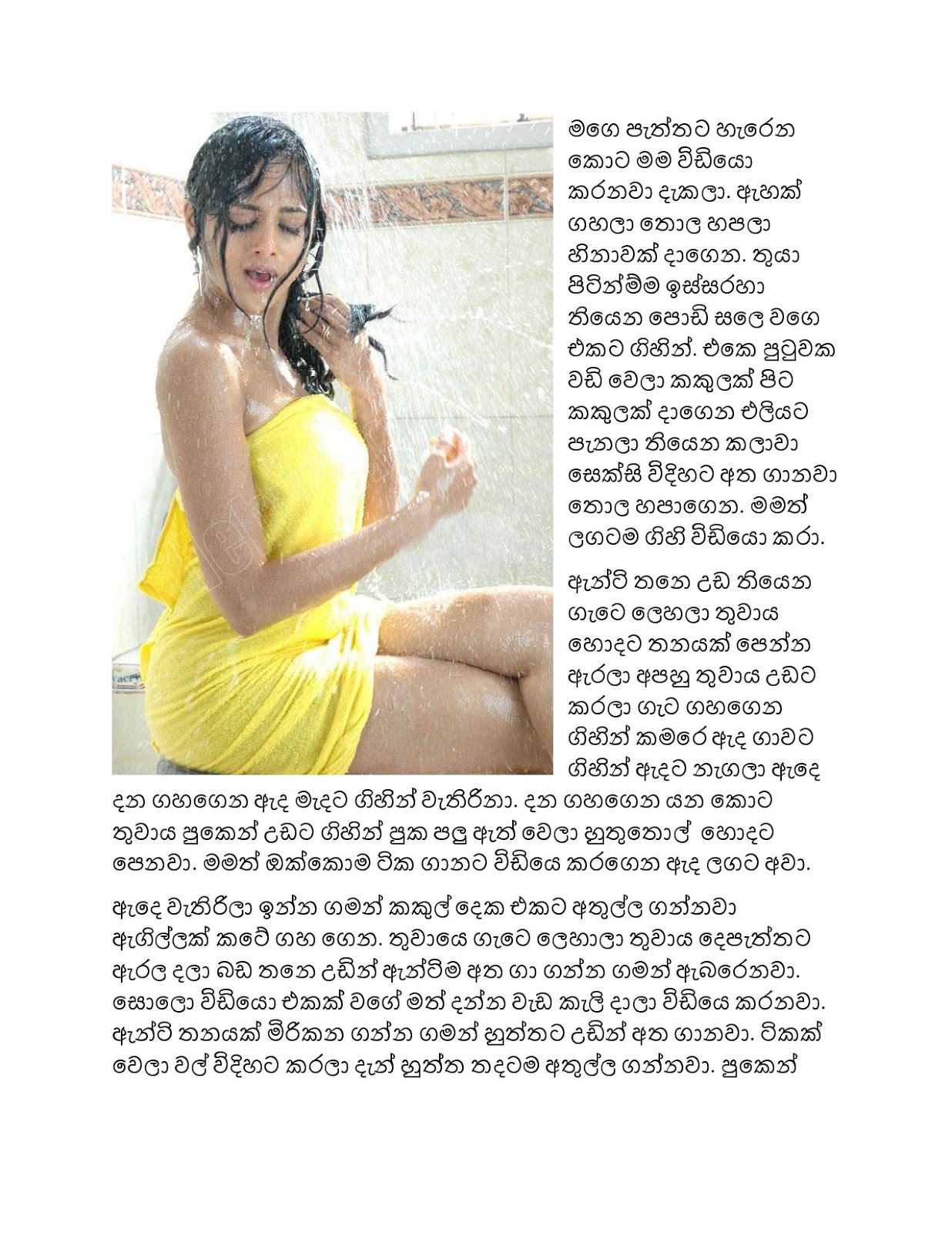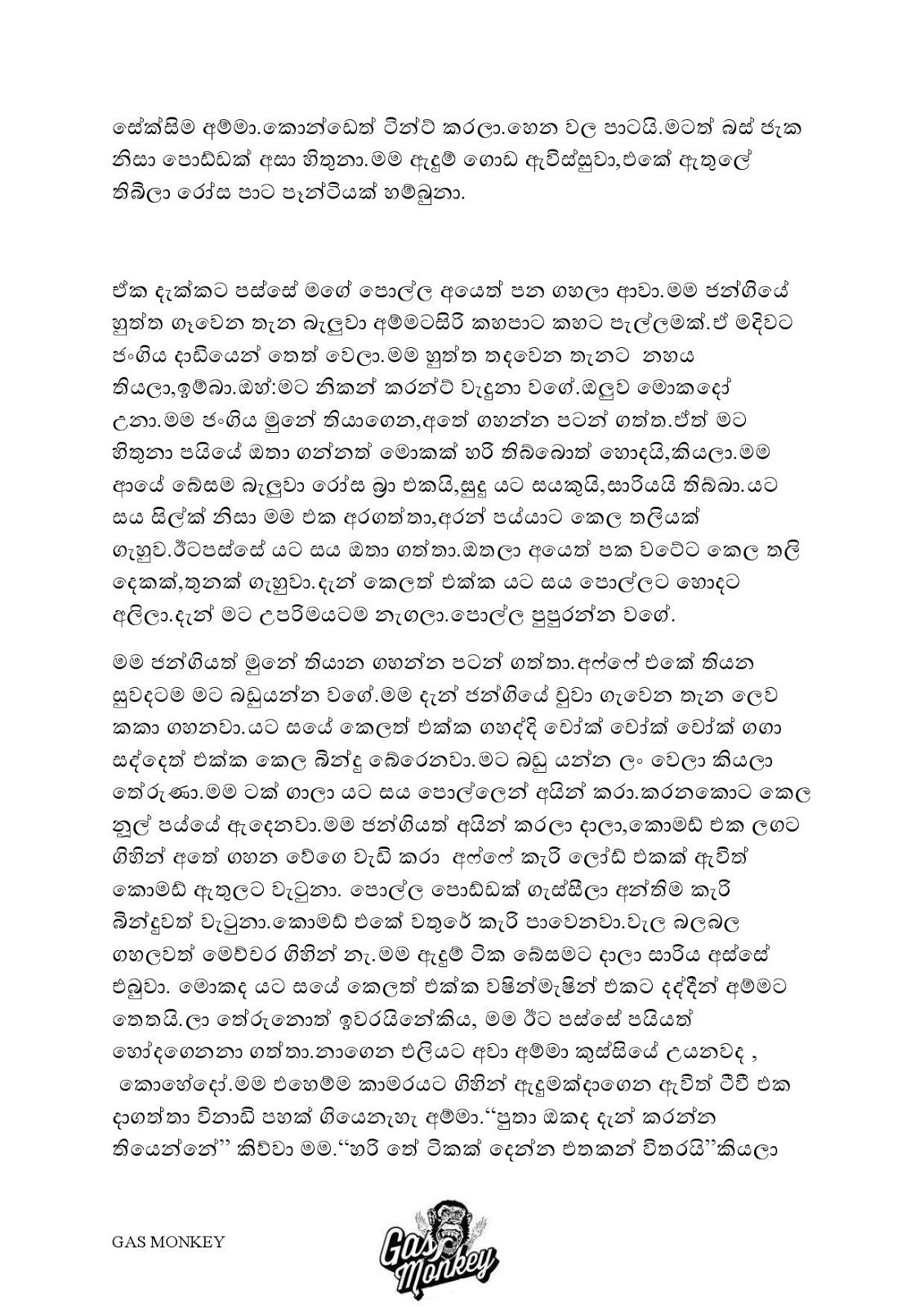Sinhala Wal Katha are an integral part of Sri Lankan culture, blending rich narratives that reflect the values, beliefs, and traditions of the Sinhala people. These folktales, steeped in history, not only entertain but also serve as a means of imparting wisdom and morals across generations. In this article, we will delve into the captivating realm of Sinhala Wal Katha, exploring its origins, themes, and significance in contemporary society.
The beauty of Sinhala Wal Katha lies in its ability to resonate with audiences of all ages. Passed down orally for centuries, these stories are often told during family gatherings, festivals, and cultural events. They encapsulate the essence of Sri Lankan identity, showcasing the unique blend of influences from various ethnic groups while maintaining a distinct Sinhala flavor. From mythical creatures and heroic deeds to everyday life lessons, Sinhala Wal Katha is a treasure trove of cultural insights.
As we journey through this fascinating world, we will uncover the various elements that make Sinhala Wal Katha a vital part of Sri Lankan heritage. We will discuss the storytelling techniques, common themes, and the impact of modern media on these traditional narratives. Join us as we explore the enchanting universe of Sinhala Wal Katha and its enduring legacy in the hearts of the Sinhala people.
Table of Contents
- 1. The Origins of Sinhala Wal Katha
- 2. Common Themes in Sinhala Folktales
- 3. Storytelling Techniques in Sinhala Wal Katha
- 4. The Role of Sinhala Wal Katha in Modern Society
- 5. Popular Characters and Myths
- 6. The Influence of Sinhala Wal Katha on Literature and Arts
- 7. Preserving Sinhala Wal Katha for Future Generations
- 8. Conclusion
1. The Origins of Sinhala Wal Katha
Sinhala Wal Katha can be traced back to ancient times, with roots in the oral traditions of the Sinhala people. These stories were initially passed down through generations, often associated with the agricultural lifestyle of rural communities. The tales served as entertainment during long evenings, fostering a sense of community and cultural identity.
Historically, Sinhala Wal Katha has been influenced by various factors, including Buddhism, Hinduism, and colonialism. The blending of these diverse elements has enriched the narratives, making them more relatable and appealing to different audiences.
Key points about the origins include:
- Oral tradition dating back centuries.
- Influences from Buddhism and Hinduism.
- Reflection of the agricultural lifestyle of the Sinhala people.
2. Common Themes in Sinhala Folktales
Common themes in Sinhala Wal Katha often revolve around morality, justice, and the triumph of good over evil. These themes resonate with the cultural and ethical values of the Sinhala community. The tales frequently feature moral dilemmas, where characters face challenges that test their virtues.
Some prevalent themes include:
- The importance of honesty and integrity.
- The consequences of greed and selfishness.
- The celebration of bravery and heroism.
- Lessons on love, friendship, and family bonds.
2.1 The Role of Animals in Sinhala Wal Katha
Animals often play significant roles in Sinhala Wal Katha, serving as symbols of various human traits. For example, the clever fox may represent cunning, while the brave lion embodies courage. These animal characters allow for engaging storytelling while imparting important life lessons.
2.2 The Influence of Nature
Nature is another recurring theme in Sinhala Wal Katha, reflecting the deep connection between the Sinhala people and their environment. Tales often involve forests, rivers, and mountains, highlighting the beauty and challenges of rural life.
3. Storytelling Techniques in Sinhala Wal Katha
Storytelling is an art form in Sinhala culture, and various techniques are employed to captivate audiences. The use of vivid imagery, rhythmic language, and interactive elements enhances the experience, making it more engaging for listeners.
Key storytelling techniques include:
- Use of metaphors and similes to create vivid images.
- Incorporation of local dialects and phrases for authenticity.
- Engaging the audience through questions and participation.
4. The Role of Sinhala Wal Katha in Modern Society
In contemporary society, Sinhala Wal Katha continues to hold relevance as a means of cultural expression. While modernization has influenced storytelling methods, the core values embedded in these tales remain unchanged.
Modern adaptations of Sinhala Wal Katha can be found in literature, theater, and film, helping to keep the tradition alive and introduce it to new generations. The rise of digital media has also played a significant role in disseminating these stories, allowing for greater accessibility.
5. Popular Characters and Myths
Numerous characters populate the world of Sinhala Wal Katha, each contributing to the richness of the narratives. Some popular figures include:
- Vijaya: The legendary prince who is believed to be the first king of Sri Lanka.
- Ravana: A complex character often depicted as both a villain and a hero in different tales.
- King Dutugemunu: A celebrated figure known for uniting Sri Lanka and promoting Buddhism.
6. The Influence of Sinhala Wal Katha on Literature and Arts
Sinhala Wal Katha has significantly influenced Sri Lankan literature and arts. Many authors and artists draw inspiration from these traditional tales, incorporating their themes and characters into modern works. This fusion of old and new has enriched the cultural landscape of Sri Lanka.
Notable influences include:
- Folk songs and poetry inspired by folktales.
- Pantomimes and dramas that bring stories to life on stage.
- Artistic representations of characters and themes in visual arts.
7. Preserving Sinhala Wal Katha for Future Generations
As globalization continues to shape cultural narratives, the preservation of Sinhala Wal Katha has become crucial. Efforts are being made to document and promote these stories through various platforms, ensuring they remain a vital part of Sri Lankan heritage.
Strategies for preservation include:
- Recording oral narrations for future generations.
- Incorporating folktales into educational curricula.
- Encouraging community storytelling events and festivals.
8. Conclusion
In conclusion, Sinhala Wal Katha embodies the richness of Sri Lankan culture, weaving together stories that reflect the values, beliefs, and traditions of the Sinhala people. These folktales not only entertain but also impart essential life lessons, making them a crucial aspect of cultural identity. As we move forward, it is vital to preserve and promote these narratives, ensuring they continue to inspire future generations.
We invite you to share your thoughts on Sinhala Wal Katha and its impact on your life. Feel free to leave a comment, share this article, or explore more about Sri Lankan culture on our website!



